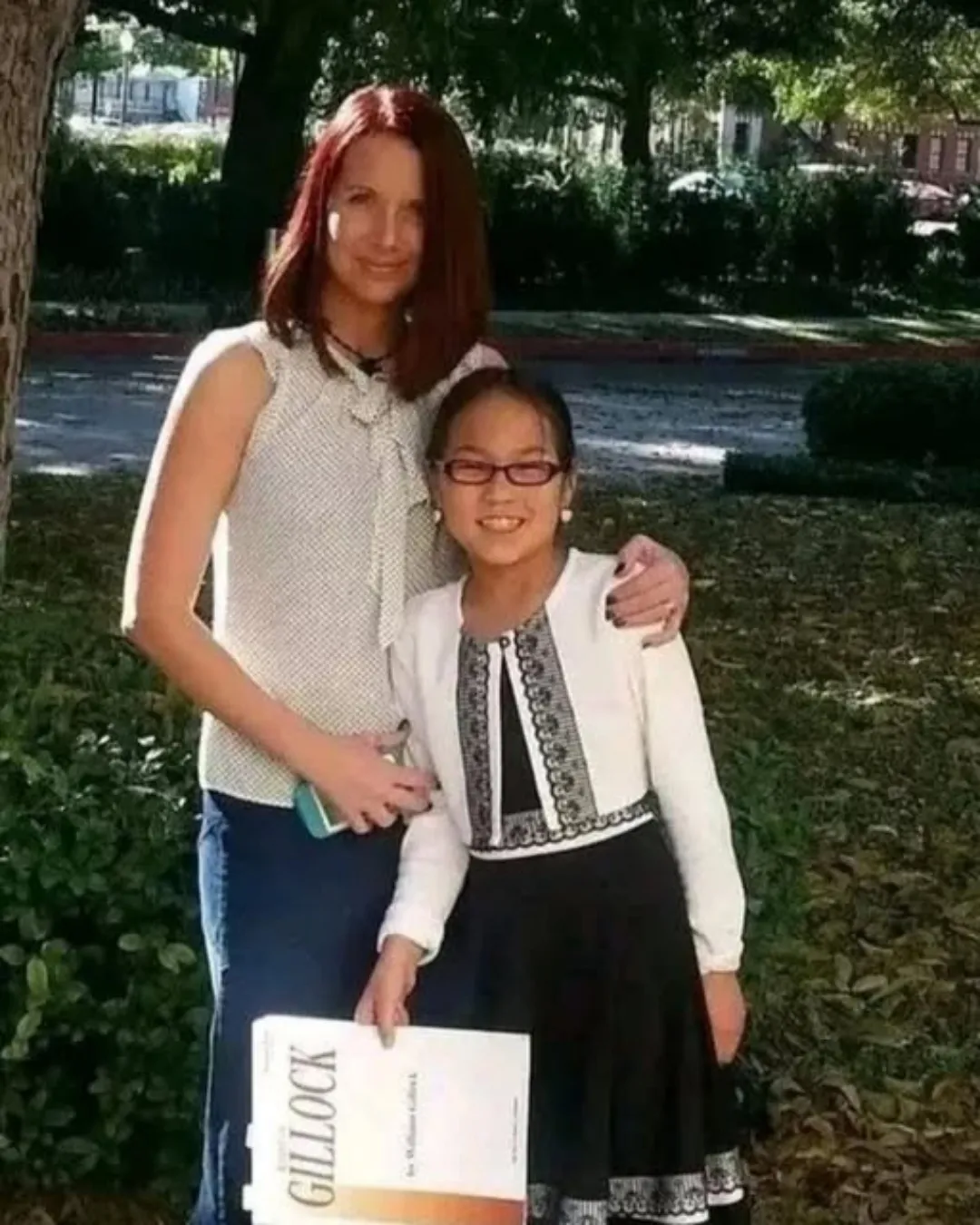A Moment the World Forgot.618
I had been on assignment at a Montessori school for two days, camera in hand, chasing the elusive shot that every photographer knows—the one that speaks beyond words, the one that captures not just an image, but a feeling. I had filled my memory cards with hundreds of frames. Some were good, a few even excellent. But deep down, I knew I hadn’t yet caught the moment.
That afternoon, the classroom was quiet in the way only children can make it quiet—an undercurrent of energy still buzzing, but muted, softened by the ritual of story time. The children sat together in a circle on the floor, legs folded, eyes lifted toward the teacher. Their voices had been replaced by the gentle rhythm of a story, and in that hush, I found myself lowering my camera. For once, I bowed my head, simply listening, almost forgetting why I was there.
When I raised my eyes again, something extraordinary unfolded before me.
A little girl, her hair tumbling over her shoulders, shifted slightly. Without a word, she leaned across the small space between her and the boy sitting beside her. Then, in a gesture so pure and unguarded it felt timeless, she placed her head gently on his lap.

The boy froze for a fraction of a second, caught off guard by her sudden closeness. But then, almost instinctively, his small arm lifted. With a tenderness far beyond his years, he curved it around her shoulders as if to say, you’re safe here. No hesitation, no awkwardness. Just acceptance.
It was an image of innocence so powerful that it silenced everything else in the room for me. The voices faded, the pages of the book blurred, and the click of my shutter was the only sound I could hear. In that instant, I knew: this was the shot I had been waiting for.
Later, as I reviewed the frame on my camera screen, my breath caught. The composition wasn’t forced—it was simply there, as if the universe had placed it for me to find. The little girl’s face was serene, trusting, vulnerable. The boy’s arm, delicate yet strong in its intention, cradled her with a natural grace. There was no performance, no self-consciousness. Just two children, unspoiled by the weight of the world, showing what comfort and kindness look like in their purest form.
I titled the photograph The Age of Innocence.
Because that’s exactly what it was. Childhood distilled into a single frame: unselfconscious, gentle, real. It was a reminder that before the complexities of life creep in, before hearts learn to guard themselves, there is a time when love is given freely, without question, without fear.
That picture has stayed with me ever since, not just as a professional triumph, but as a personal reminder. We spend our lives chasing success, chasing meaning, chasing connection—and yet children, in their simplicity, reveal it without even trying. That one photograph told me more about humanity than all the assignments I had taken before.
Sometimes, the greatest stories don’t come from war zones or world events, but from a quiet classroom, where a little girl rests her head on a friend’s lap and is received with kindness.
And in that quiet, I finally found my shot.





